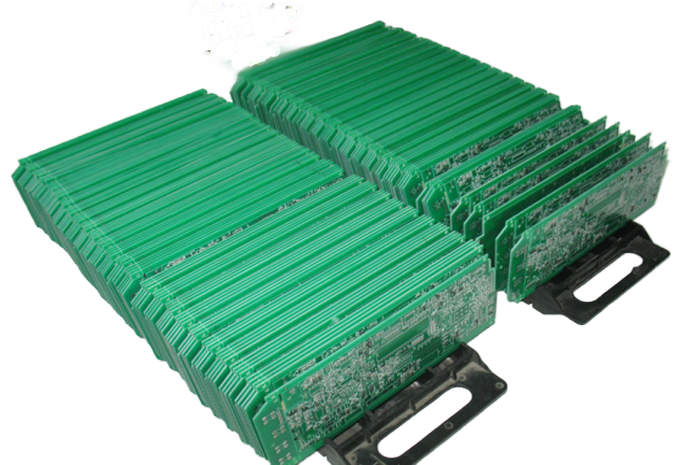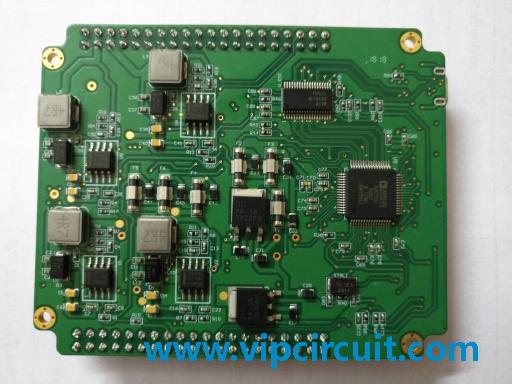What are the advantages of multi-layer PCB?

What are the advantages of multi-layer PCB?
High-speed PCB design is generally a multi-layer PCB. Multi-layer PCB is actually laminated and bonded by several single-sided or double-sided PCBs. Compared with single-sided PCBs, multi-layer PCBs have many advantages. Especially in small-volume electronic products, let's share the advantages of multi-layer PCBs.
1. The multilayer PCB has high component density and small volume. With the smaller and smaller electronic products, the electrical performance of the PCB has higher requirements, and the demand for multilayer circuit boards is also increasing.
2. The use of multi-layer PCB facilitates wiring, the length of the wire is greatly shortened, and the connection between electronic components is shortened, which also increases the speed of signal transmission.
3. For the high-frequency circuit, the signal line will form a constant low impedance to the ground layer after the ground layer is added, the circuit impedance is greatly reduced, and the shielding effect is good.
4. For electronic products with high heat dissipation requirements, copper coin can be embedded in the heat dissipation area of the multilayer PCB, so that it can meet the special functions of PCB heat dissipation.
In terms of performance, multi-layer PCB is superior to single-sided or double-sided PCB, but the higher the number of layers, the higher the manufacturing cost, the longer the production and processing time, and the more complicated the quality inspection. With the advancement of technology, there are more than 100 layers of PCBs now, mostly used in sophisticated aerospace instruments, medical equipment or communication base stations.
The most common in multilayer PCBs is a four- or six-layer PCB. The difference between a four-layer board and a six-layer board is that there are two more signal layers between the ground layer and the power layer. In general, multi-layer PCBs have been widely used in the manufacture of various electronic products due to their design flexibility, economic superiority, and stable electrical reliability.
